Paul Schrader Praises ChatGPT Creativity, Questions AI’s Role in Filmmaking
Renowned filmmaker and screenwriter Paul Schrader, known for his provocative and cutting-edge storytelling, has never shied away from engaging with new ideas. The man behind iconic films like Taxi Driver and First Reformed recently stirred up discussions about technology’s evolving role in cinema. In a surprising twist, Schrader shared his thoughts on ChatGPT—the AI-powered tool that’s revolutionizing creative workflows—and its potential contribution to filmmaking. While praising ChatGPT’s creativity, Schrader raised essential questions about how artificial intelligence (AI) could shape the future of stories on the silver screen.
Paul Schrader’s Take: ChatGPT is a Creative Force
In a recent interview, Schrader described his experience experimenting with ChatGPT, the text-based AI tool by OpenAI. He acknowledged that the technology has an impressive ability to generate creative ideas, filling gaps that often plague screenwriters in their early drafting phases. According to Schrader, **ChatGPT acts as a “story brainstorm partner” that’s capable of tossing out unique ideas on demand.** For writers experiencing writer’s block, tools like ChatGPT serve as a lifeline.
Schrader emphasized that ChatGPT surprised him with its capabilities. “I wouldn’t necessarily use it to fully write a screenplay,” the filmmaker admitted, “but it’s fantastic at fleshing out concepts and weaving together the threads of a premise.” In particular, Schrader seemed fascinated by how ChatGPT could offer multiple perspectives and twists on a creative idea within seconds.
Some of the notable advantages Schrader mentioned include:
- Diversified brainstorming: ChatGPT provides a plethora of creative ideas that can challenge human assumptions or suggest angles a writer might have overlooked.
- Rapid iteration: Revising or exploring alternate versions of stories becomes much faster with AI assistance.
- AI-powered research: ChatGPT can distill research and historical context, helping writers shape authentic narratives.
The Larger Conversation: Artistry vs. Mechanization in Filmmaking
While Schrader lauded the utility of ChatGPT, he also expressed his unease about its integration into filmmaking. According to Schrader, the essence of cinema lies in emotional truths—elements that require the full intensity of human agency. “You can ask ChatGPT for a good movie idea,” Schrader said, “but can it truly understand human pain, desire, and conflict the way a filmmaker does?”
Schrader’s concerns align with the ongoing debate surrounding AI’s place in the creative arts. Here are some of the most pressing issues he raised:
- The risk of homogenization: AI relies on large datasets, potentially mimicking popular storytelling tropes instead of producing groundbreaking or unconventional narratives.
- Authorial voice: Schrader wonders if relying on AI for storytelling could dilute an individual writer’s unique artistic expression.
- Ethics: Who “owns” an AI-generated script? How are credit and royalties distributed if AI contributes significantly to a film project?
Schrader also raised the question of accountability. “You can reference the responsibility of a filmmaker or screenwriter in tackling societal or personal truths,” he noted, “but how does a machine make those moral decisions?”
Schrader’s Philosophical Standpoint
At its core, Schrader’s hesitation about artificial intelligence in filmmaking goes beyond mere technical proficiency. He sees cinema as fundamentally human: a medium that explores the intricacies of human experience in ways that machines cannot replicate. “A movie is a dialogue between the filmmaker and the audience. Can a machine hold up its end of the conversation?” Schrader asked rhetorically.
Nonetheless, he conceded that letting AI assist in small capacities—such as background research, dialogue polishing, or even visual effects—might enhance modern filmmaking.
ChatGPT in the Current Filmmaking Landscape
The integration of AI tools like ChatGPT into filmmaking is a trend that’s gaining traction, and Schrader is far from the only filmmaker taking notice. A number of studios and independent creators have already begun exploring practical applications:
- Screenwriting: Some writers are using AI to generate plot outlines, character arcs, or draft dialogue.
- Pre-production planning: AI helps generate mood boards, location ideas, and even casting recommendations.
- Post-production: Tools similar to ChatGPT are being adapted to assist with editing workflows and analyzing audience sentiment post-release.
The responses to these innovations have been mixed. While some creatives see AI as a liberating tool, others share Schrader’s cautions about automating storytelling to a fault.
The Future of Filmmaking: A Hybrid Vision?
Schrader anticipates a future where filmmaking evolves into a hybrid art form, blending human creativity with artificial intelligence. However, the filmmaker believes guardrails should be in place to maintain the integrity of storytelling.
He elaborated on his vision during the interview: “I see AI’s role as a subordinate tool, not a primary one. It should assist and elevate human creativity, but it shouldn’t be the source of emotion or meaning.” It’s clear that Schrader believes cinema’s power lies in its ability to connect deeply with audiences—something he views as inherently beyond the grasp of algorithms.
At the same time, Schrader knows the industry will continue to adapt to this technological tide. “There will always be a few directors or writers who push back on trends,” he said. “But for the most part, this is a medium that evolves.” Schrader predicts that finding balance will be essential: technology’s efficiency paired with human creativity is where the sweet spot lies.
Striking a Balance Between Innovation and Tradition
Looking ahead, Schrader expressed that the industry will need to establish ethical guidelines and creative hierarchies for integrating AI systems. Collaboration between artists, tech developers, and policymakers could shape the landscape of responsible AI filmmaking, one that serves rather than disrupts artistry.
Final Thoughts: Can AI Be Truly Creative?
The filmmaker’s thoughts add an important voice to the ongoing discourse about artificial intelligence in creative industries. While Paul Schrader applauded ChatGPT’s ingenuity in offering fresh ideas, he remains skeptical of its ability to replace the emotional depth and individuality that human creators bring to the table. Schrader’s ultimate takeaway is as philosophical as it is practical: AI can act as a partner—but never the auteur.
As technology continues to make its way into Hollywood, Schrader’s insights will undoubtedly play a role in shaping conversations around cutting-edge tools and timeless creative principles. For now, AI’s role in filmmaking remains a fascinating, evolving story—one that Schrader himself might have contemplated turning into a gripping script.
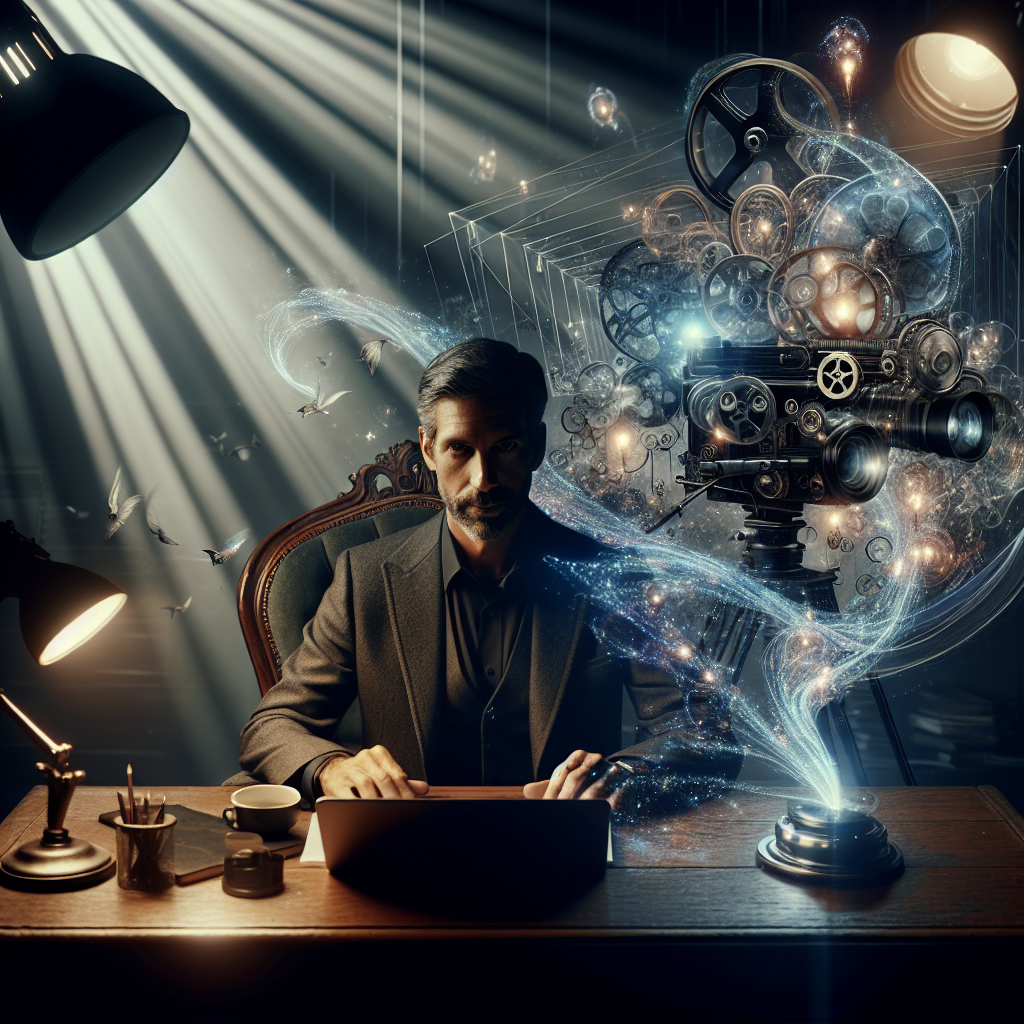

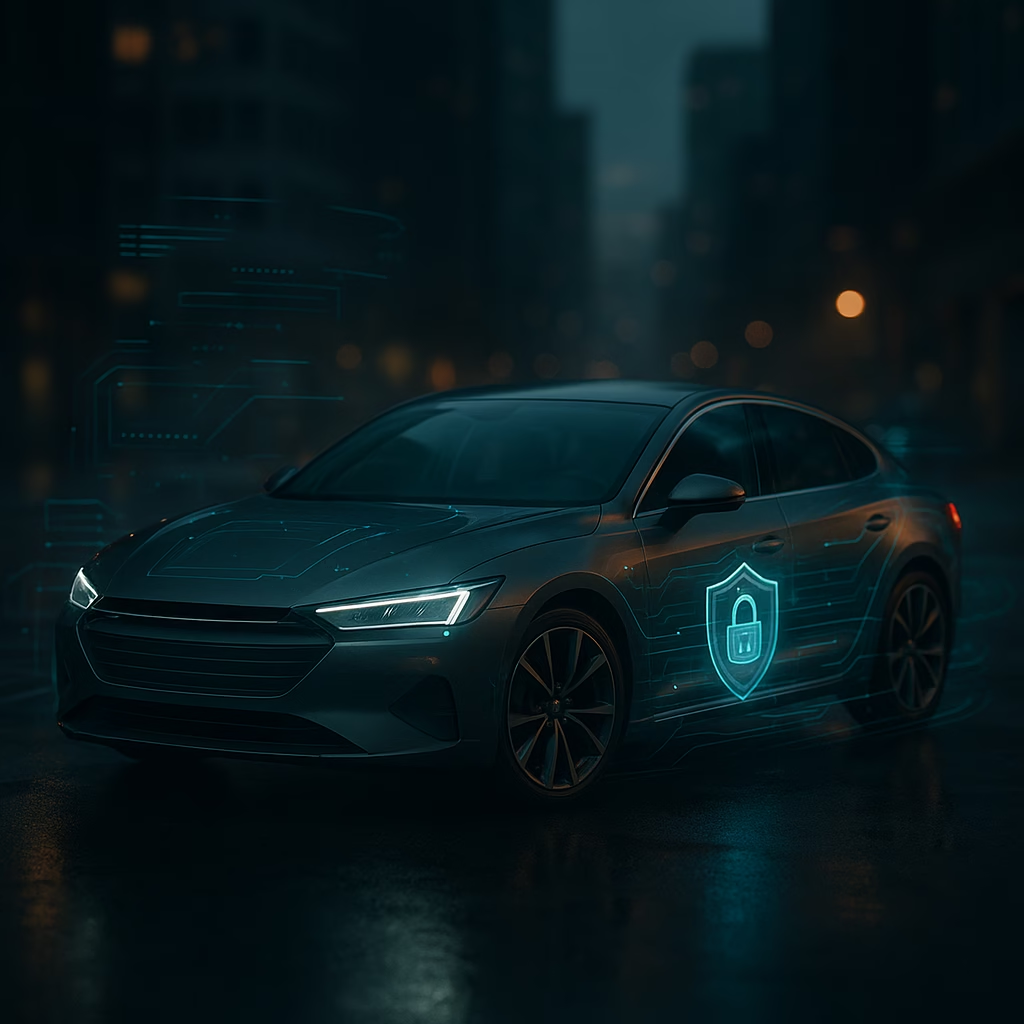
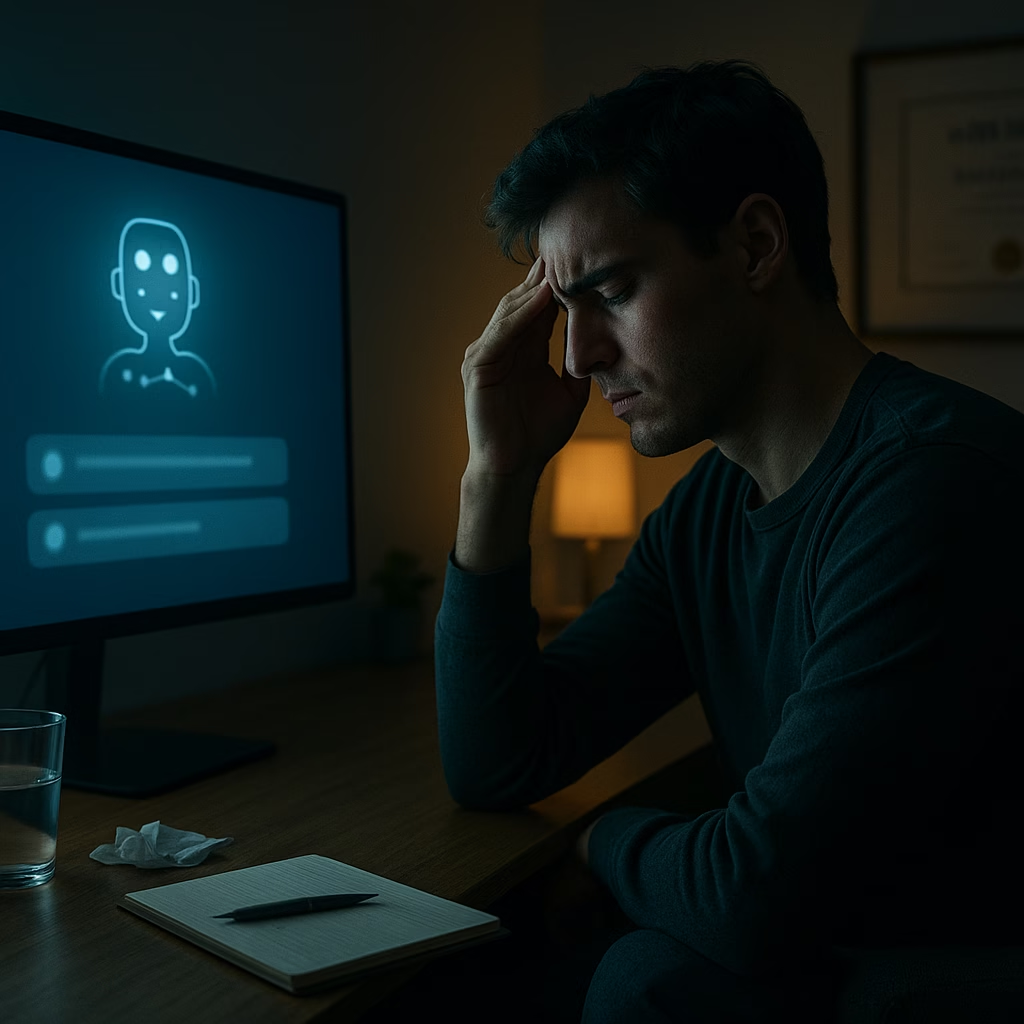
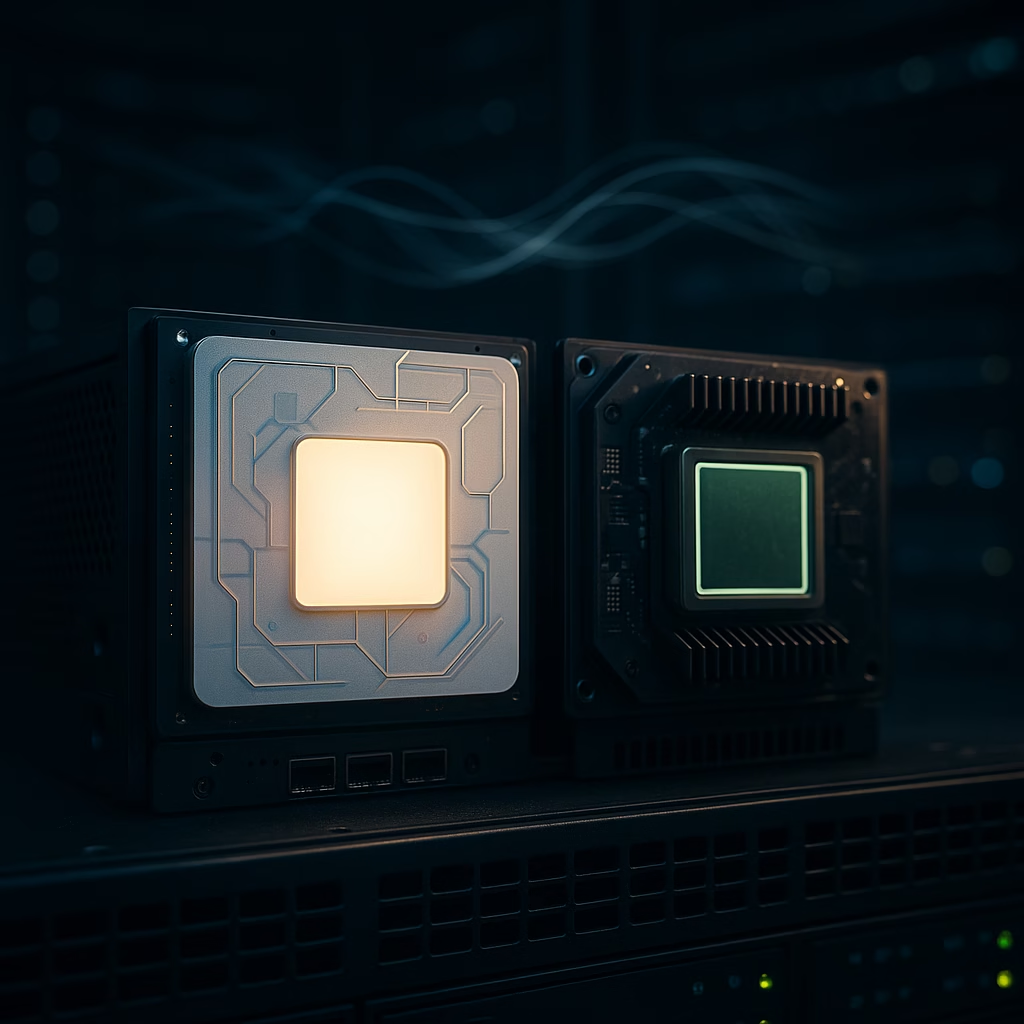
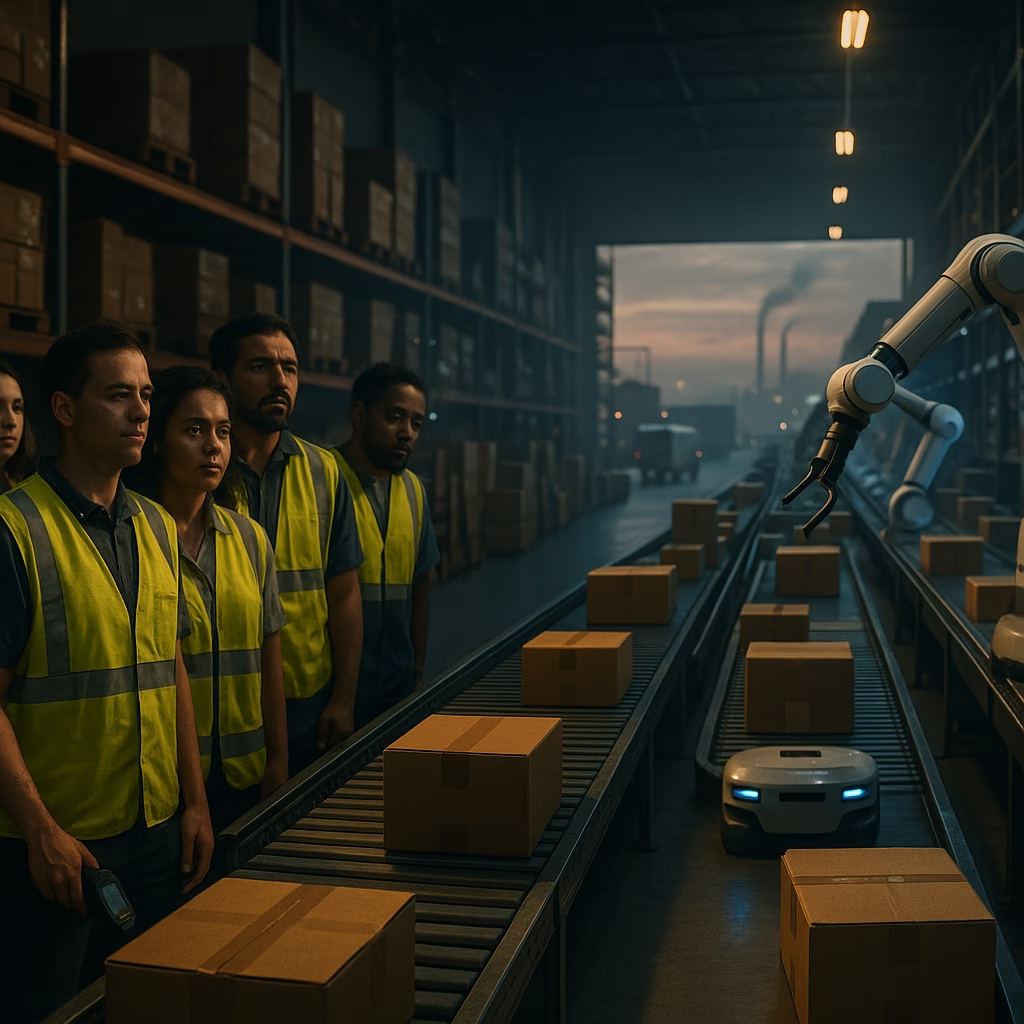

Leave a Reply